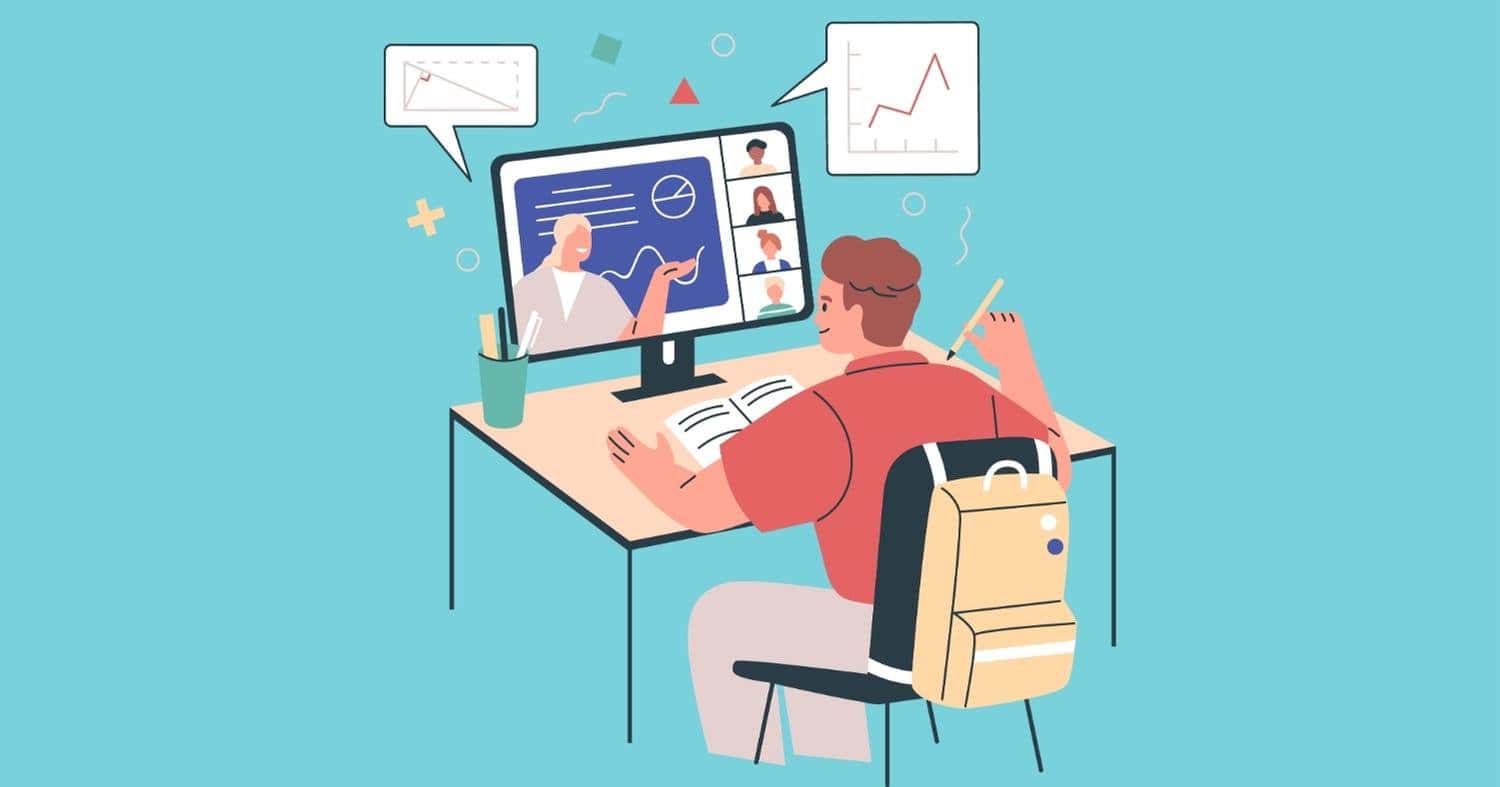How do ESFPs Learn?
It’s natural to be curious about one’s approach to the learning process. Let’s delve into the unique ways that ESFPs absorb and engage with new information.
Learning with Enjoyment and Application
For an ESFP, the key question when it comes to learning is, “Am I enjoying this?” Their interest in a subject is closely tied to the enjoyment it brings them. The more they enjoy what they’re learning, the greater their curiosity and desire to participate actively in applying that knowledge.
ESFPs’ motivation to study is driven by the potential to bring joy to others through what they learn. They seek out subjects and learning experiences that genuinely captivate their interest. They instinctively look for ways to connect the material to real-life applications, which enhances their learning and allows them to share their newfound knowledge.
Active and Visual Learning
ESFPs learn most effectively through active methods supplemented with visual materials. When information is presented concretely and visually, they quickly grasp its practical applications. During the learning process, they actively communicate their thoughts and feelings about the topic, seeking feedback from their peers.
Engaging in debates, contests, educational games, and group work with the material are all favorable methods for ESFPs. The organization or logical flow of the material has little impact on their learning. They can absorb substantial information, even if it lacks significant logical sequencing.
ESFPs can use visual aids and interactive learning methods to enhance their understanding. They like having opportunities to engage in discussions, collaborate with others, and participate in hands-on activities that bring the material to life.
Social Interactions and Physical Engagement
As highly social learners, ESFPs’ learning experience is enriched through interactions with others and physical activity. They thrive in environments where they can observe and engage with their surroundings. New experiences are particularly valuable to them, and they often process information verbally, allowing for better comprehension.
ESFPs embrace collaborative learning opportunities that allow them to interact with peers. They take advantage of hands-on experiences that encourage active participation. Verbalizing their thoughts and engaging in discussions solidifies their understanding of the material.
Internalization and Practical Application
ESFPs can recall and reproduce information they receive accurately. They excel in remembering large and rapidly changing sequences of information. Applying what they have learned and internalizing it brings them great joy.
While ESFPs have a moderate tolerance for learning-related stress, they may tend to procrastinate until the last minute.
ESFPS need to find ways to apply what they learn in practical settings. They should create opportunities to reinforce their understanding through real-world scenarios and hands-on projects. Breaking tasks into smaller, more manageable steps helps them avoid last-minute stress.
Embracing Hands-on Experiences
Practical and hands-on learning experiences resonate strongly with ESFPs. They prefer tangible concepts and dislike abstract theories. Their sensing nature drives them to observe their environment and pay attention to details thoroughly. Unambiguous ideas are more appealing to their learning style.
ESFPs desire learning opportunities that allow them to engage in practical, hands-on experience. They look for courses, workshops, or activities that provide real-world applications and tangible lessons. Their ability to notice details and immerse themselves fully in the learning process comes naturally.
Valuing Aesthetics in Learning
Many ESFPs possess a unique artistic streak and appreciate aesthetics. They gravitate toward careers that allow them to engage their senses, whether through food, textiles, art, or music. Paths in the arts, acting, music, or design often align well with their interests and natural talents.
Every ESFP needs to embrace their artistic side and explore creative outlets as part of their learning journey. They should look for opportunities to integrate aesthetics into their projects or presentations. Surrounding themselves with beauty and inspiration fuels their creativity.
Hands-on experiences, practical applications, and a preference for concrete ideas characterize the learning style of ESFPs. They thrive in social and interactive learning environments where they can engage with others and apply their knowledge meaningfully.
ESFPs should embrace their unique learning strengths and seek experiences aligning with their interests and values.

